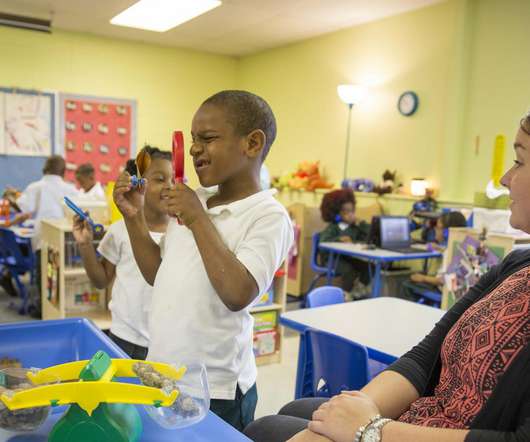Raising the Smart Classroom’s IQ – By Dr. Paul Fornelli
ViewSonic Education
OCTOBER 6, 2023
For example, at many post-secondary institutions, a teaching space is considered to be a Smart Classroom if it merely comes equipped with nothing more than a microphone, computer, video projector. and whiteboard. The post Raising the Smart Classroom’s IQ – By Dr.

















Let's personalize your content